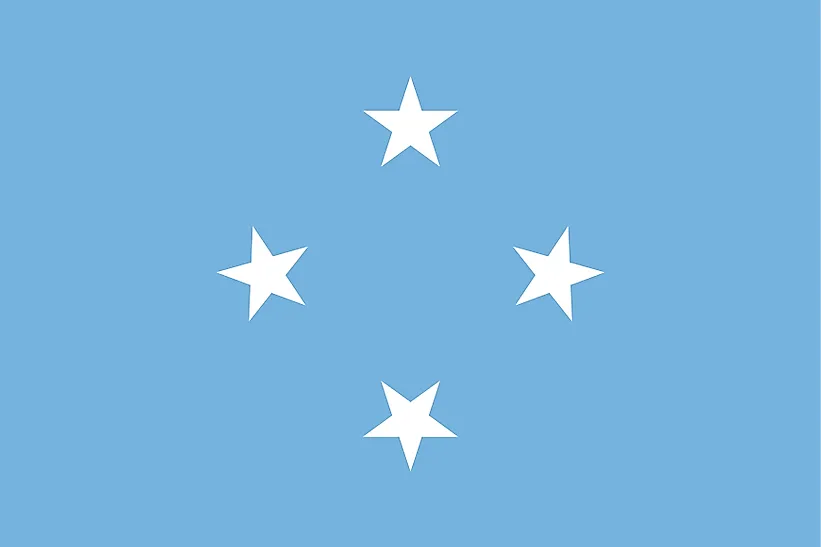
ミクロネシア
| 大陸 | オセアニア |
| 資本金 | パリキール |
| 人口 | 104,719 |
| GDP | $314.00百万ドル |
| 一人当たりGDP | ナン |
| ダイヤルコード | +691 |
| ISOコード(2文字) | FM |
| ISOコード(3文字) | FSM |
About Micronesia
Welcome to the Federated States of Micronesia (FSM), a nation of island states spread across the western Pacific Ocean. With approximately 115,000 people occupying 702 square kilometers of land area scattered across more than 2.6 million square kilometers of ocean, Micronesia combines remarkable maritime heritage with diverse island cultures.
地理的特徴と自然の美しさ
Micronesia’s geography encompasses four states – Yap, Chuuk, Pohnpei, and Kosrae – spread across 607 islands. The country features diverse island types, from high volcanic islands to low coral atolls, creating unique landscapes and ecosystems.
The landscape includes ancient stone cities on Pohnpei, pristine coral reefs, mangrove forests, and dramatic waterfalls. The country’s location in the tropical Pacific creates consistent warm temperatures and supports rich marine biodiversity.
Protected areas include the Nan Madol ruins, a UNESCO World Heritage site, and various marine sanctuaries. The country’s commitment to environmental protection focuses on preserving its marine resources and addressing climate change impacts.
文化遺産と伝統
Micronesian culture represents diverse traditions across its four states, each with unique customs and practices. The country’s heritage includes sophisticated navigation techniques, traditional meeting houses, and complex social structures.
Traditional arts include weaving, particularly in Yap where traditional textiles remain important currency, and canoe building. Each state maintains distinct dance traditions and ceremonial practices that reflect local history and values.
Micronesian cuisine centers around seafood, taro, breadfruit, and coconut, with unique preparation methods in each state. The tradition of respect for elders and strong community bonds remains central to island life.
歴史の旅
Micronesia’s history spans from ancient settlement through Spanish colonization, German purchase, Japanese mandate, and American administration. The islands’ strategic location influenced their role in World War II.
Significant periods include the construction of Nan Madol, European contact, German colonial period, Japanese development, American administration under UN trusteeship, and independence in 1986 under a Compact of Free Association with the United States.
現代の経済状況
Today’s Micronesian economy combines subsistence farming and fishing with aid through its Compact of Free Association. The country faces challenges in economic development due to geographic dispersion.
Recent initiatives focus on sustainable tourism, fisheries management, and renewable energy development. Micronesia’s vast marine territory provides opportunities for sustainable resource management.
国際関係とグローバルポジション
Micronesia maintains strong ties with the United States while advocating for climate action in international forums. The country’s experience with rising sea levels makes it an important voice in environmental discussions.
ご存知でしたか?
• Nan Madol on Pohnpei is known as the “Venice of the Pacific” due to its network of artificial canals?
• Yap is famous for its stone money, massive limestone discs that can measure up to 4 meters in diameter?
• The wreck-filled lagoon of Chuuk (formerly Truk) is considered one of the world’s premier diving destinations?
• Kosrae is home to ancient ruins hidden in its rainforests?
結論
Micronesia represents a unique combination of island cultures and maritime heritage. From its ancient stone cities to its pristine reefs, from its traditional navigation practices to its modern environmental challenges, Micronesia continues to evolve while preserving its diverse cultural identities. As it addresses challenges including climate change and economic development, Micronesia remains committed to sustainable practices while maintaining its distinctive island traditions.





